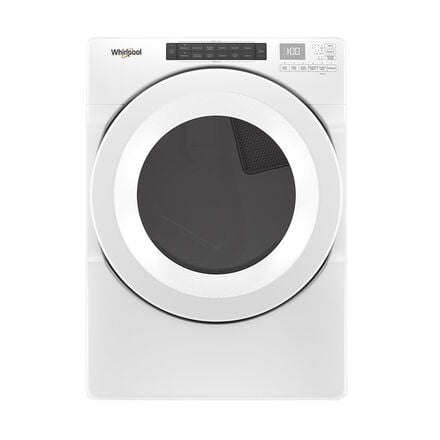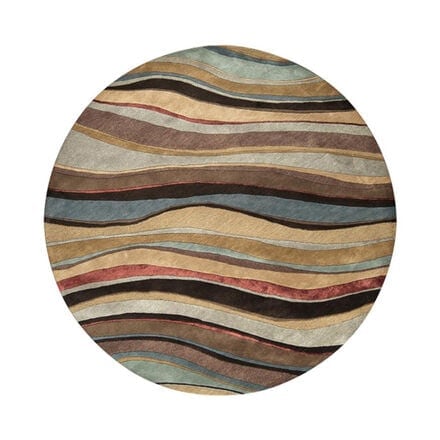Wall Air Conditioners, Window AC Units, and Portable Cooling Solutions
When the summer heat rises, staying cool and comfortable is a top priority. Whether you're looking for an air conditioner for a window, a portable window AC unit, or a wall air conditioner, NFM has the best selection to meet your needs.
From compact 5000 BTU window air conditioning units for small spaces to high-powered 12000 BTU window A/C units, we offer solutions for every home. If you're searching for the best portable air conditioner, a smart air conditioner, or an AC window unit, you're in the right place.
Find the Right Window Air Conditioner for Your Space
A window AC unit is one of the most efficient ways to cool your home. Designed to fit securely into most standard windows, these units provide cool air while saving space. If you need a window unit AC 10000 BTU, you’ll find plenty of powerful options that provide reliable cooling for medium-sized rooms.
For larger rooms or open spaces, consider a 12000 BTU window A/C, which can handle more square footage and keep your area consistently cool. If you’re outfitting a small room, a 5000 BTU window air conditioning unit may be the perfect fit, offering compact and energy-efficient cooling.
Portable Window AC Units for Flexibility
If you need cooling that moves with you, a portable window AC unit is a great solution. These versatile units can be easily moved from room to room, offering cooling exactly where you need it. Ideal for apartments, home offices, and spaces without traditional windows for installation, portable air conditioners provide a practical alternative to fixed units. Many best portable air conditioner models also feature smart controls, allowing you to adjust settings remotely for maximum convenience.
Smart Air Conditioners for Ultimate Control
A smart air conditioner takes cooling convenience to the next level. With Wi-Fi connectivity and mobile app controls, you can adjust the temperature, set schedules, and monitor energy usage right from your phone. Smart AC units are available in both window AC and wall air conditioner styles, so you can enjoy intelligent cooling no matter your preferred setup.
Energy-Efficient Wall Air Conditioners
For those looking for a more permanent cooling solution, a wall air conditioner is a great choice. Designed to be installed directly into a wall, these units free up window space while offering powerful cooling performance. Many modern wall air conditioners come with energy-efficient settings to help you save on utility bills while keeping your home comfortable year-round.
Air Conditioners on Sale – Get the Best Deals
Finding an air conditioner on sale means you can enjoy top-quality cooling at a great price. Whether you need a 10000 BTU window unit AC, a 12000 BTU window A/C, or a portable window AC unit, NFM offers competitive prices on all models. Keep an eye out for special promotions and discounts to get the best value on your cooling investment.
Shop the Best Window Air Conditioning Units at NFM
No matter what type of air conditioner you need, NFM has the perfect fit for your home. Our selection of window AC units, portable air conditioners, and wall air conditioners ensures you’ll find exactly what you need to cool your space. From a 5000 BTU window air conditioning unit for a small bedroom to a smart air conditioner for modern convenience, we have the best options available.
Beat the heat and stay comfortable all summer long with an efficient and reliable air conditioner from NFM.
Shop today and find the perfect cooling solution for your home!





